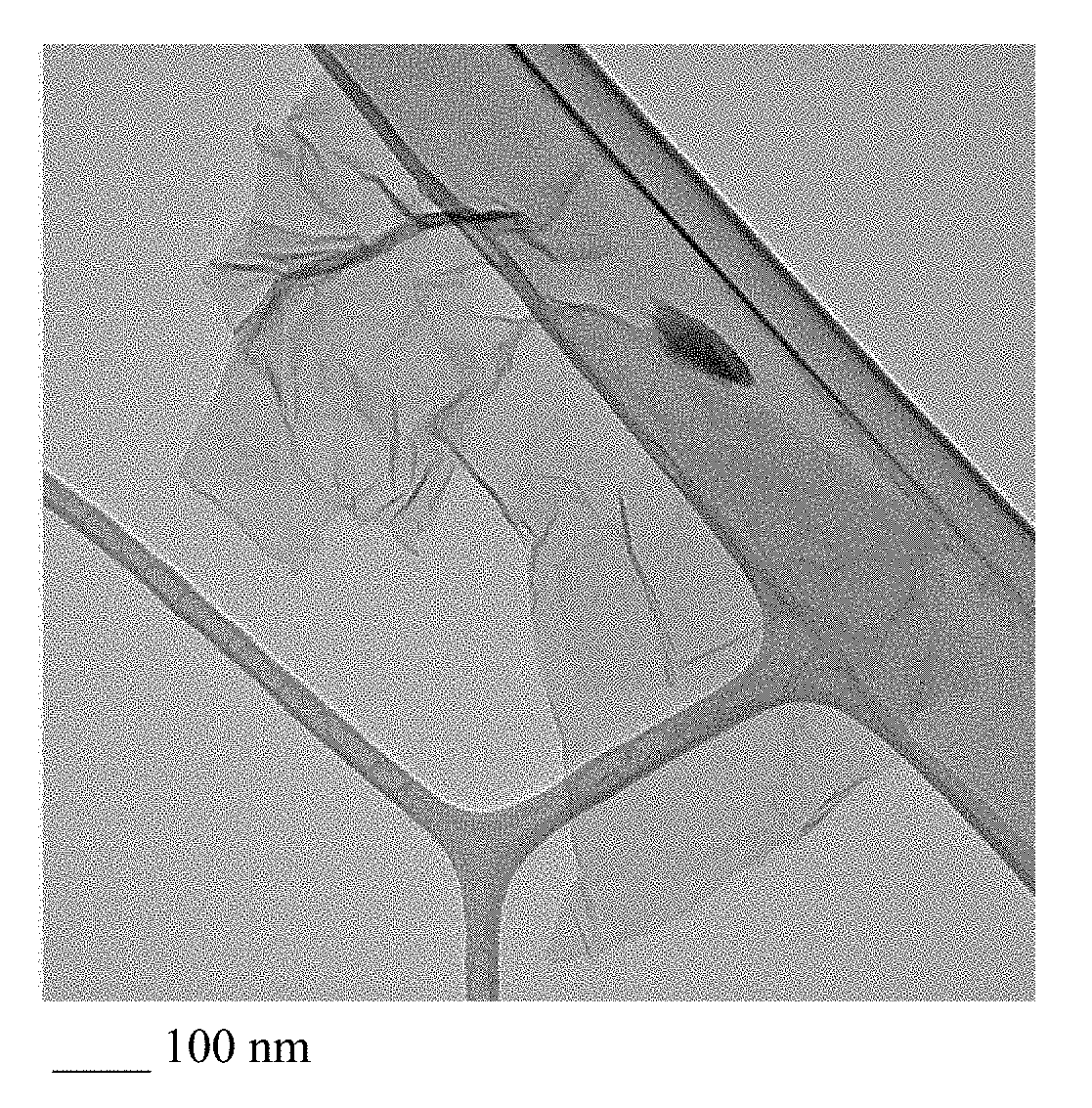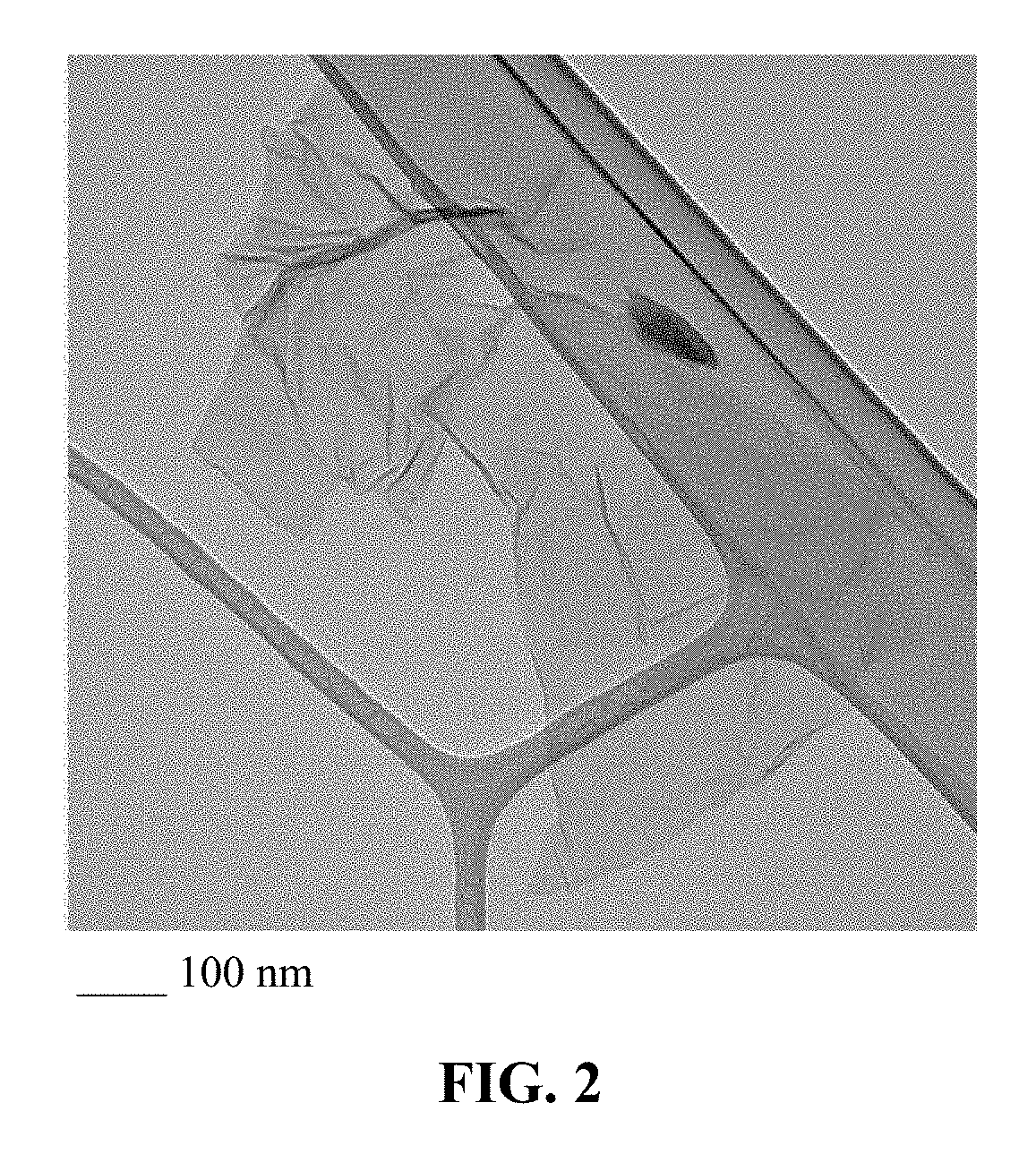Eco-friendly Production of Graphene
- Summary
- Abstract
- Description
- Claims
- Application Information
AI Technical Summary
Benefits of technology
Problems solved by technology
Method used
Image
Examples
example 1
d Graphitization Treatments of Pulp, Paper and Paper Products
[0074]A broad array of pulp, paper, and paper products were subjected to graphitization treatments, with or without the two-stage pre-treatments and with or without the incorporation of a carbonization promoter or flame-retardant additive. The compaction of products was conducted by using a hydraulic press, commonly known as a compression-molding machine. Other compaction procedures, well-known in the art, may also be used. The compressive force is implemented to compact the pulp, paper, or paper product to the extent that it has a bulk density in the range from 0.1 to 1.5 g / cm3, preferably density in the range from 0.2 to 1.2 g / cm3, and more preferably greater than 0.3 g / cm3. The processing conditions and the graphene production yield data (based on total feedstock weight) are summarized in Table 1 below:
TABLE 1Production of graphene materials different paper products.Sample1st and 2nd stageGraphitizationGrapheneNo.Feedst...
PUM
 Login to View More
Login to View More Abstract
Description
Claims
Application Information
 Login to View More
Login to View More - R&D
- Intellectual Property
- Life Sciences
- Materials
- Tech Scout
- Unparalleled Data Quality
- Higher Quality Content
- 60% Fewer Hallucinations
Browse by: Latest US Patents, China's latest patents, Technical Efficacy Thesaurus, Application Domain, Technology Topic, Popular Technical Reports.
© 2025 PatSnap. All rights reserved.Legal|Privacy policy|Modern Slavery Act Transparency Statement|Sitemap|About US| Contact US: help@patsnap.com



